The high-end HX series has hit a bottleneck due to acquisition issues, and the supply of HX500P/C is extremely low. If anyone knows of a good deal, feel free to recommend it.
Since I can’t play with high-end models, it’s still nice to use entry-level rackets to lighten the mood. I picked up an HX20H for a bargain price, and I wonder if it will be a pleasant surprise.

Specifications:
Weight: 4U G5, without grip, total weight in use: 86g, balance point: 295mm, shaft diameter: 6.8mm, length: 210mm, slightly flexible tuning, 10-4 o’clock grooves, diamond-shaped aerodynamic frame, strung at 25 lbs with BG80P/VBS68.
In terms of technology, it’s all familiar. Those who’ve played since the Nano 7 era should be acquainted with this. It references the brand’s hammer series and uses FRS to make it a high-tension durable racket. As a model with the “H” suffix, it’s rated for up to 35 lbs of tension. The paint job looks quite youthful, with a white base and blue-black stripes. For an entry-level racket, it’s visually appealing, showing that thought was put into the design, similar to the small hammer series. It’s certainly more layered than the YU1L. However, the paint quality seems a bit lacking—chips easily when bumped, and the inherited cone cap tends to darken over time.
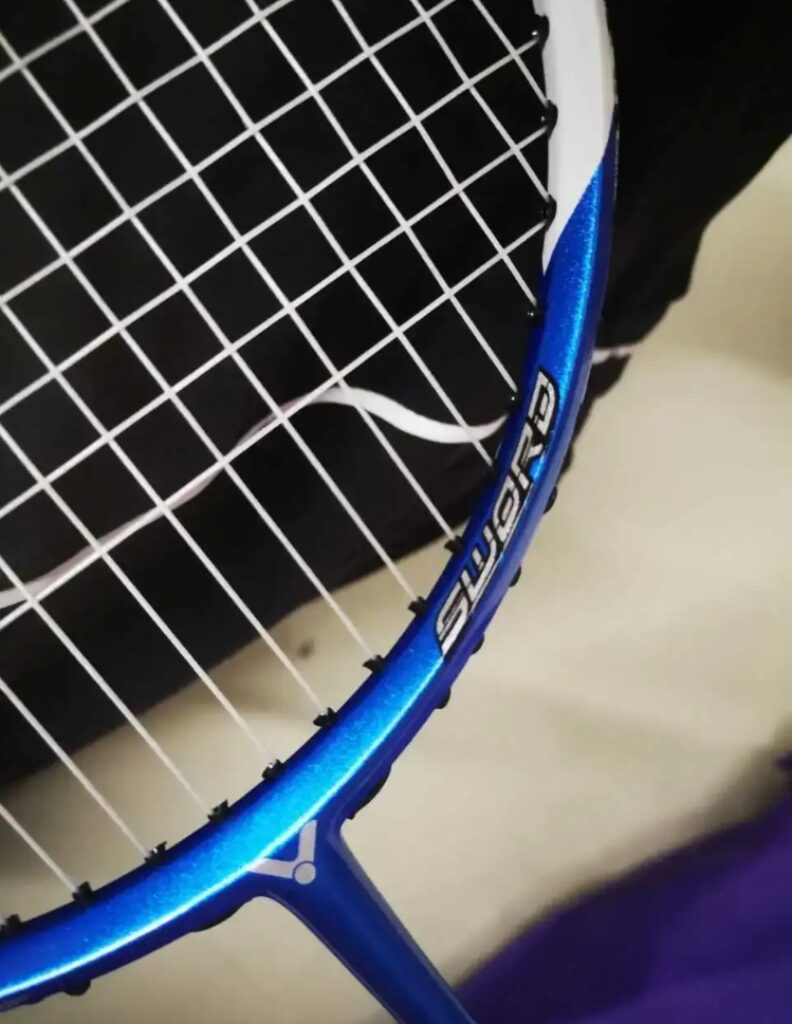
The swing feels nimble. Although the diamond-shaped frame only marginally reduces wind resistance, a 4U balanced racket doesn’t demand much power, so with its light swing weight, it gives the user a good sense of control. With this friendly setup, beginners shouldn’t find it hard to handle. The slightly softer shaft makes it easy to achieve deformation during swings, though it doesn’t whip around like the small hammer. Considering the 7.0mm shaft is a standard Victory entry-level feature, there isn’t much more to say about it.
During warm-up, I initially struggled a bit because I hadn’t played with balanced rackets much lately, and I hadn’t adjusted my power for clear shots. To be honest, the shaft is easy to drive, but the light head requires a bit more force when hitting, or else the shot might lack depth or height. Given that I had a year-old BG80P on the string bed, switching to a more elastic string should improve things. Sure enough, after switching to a fresher VBS68, things got better.
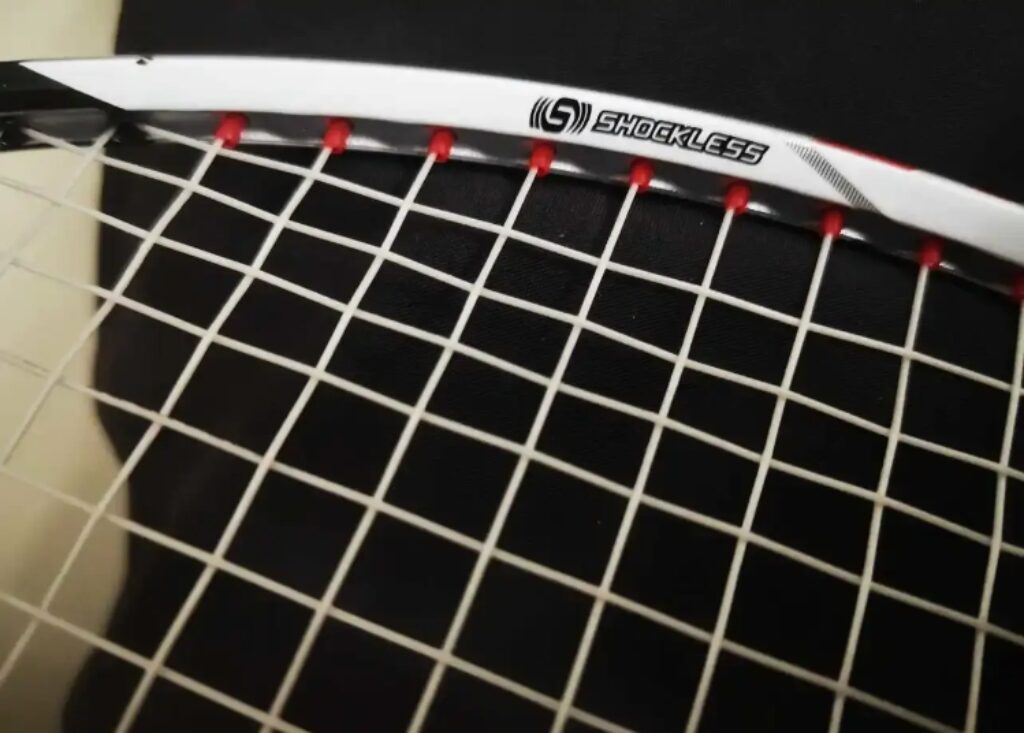
As for doubles, the racket is indeed easy to handle. In mid-to-front court exchanges like drives and blocks, the nimbleness persists, and even though the shots aren’t particularly sharp or crisp, the racket keeps up with fast reactions, allowing for slightly stronger rallies. As for net kills or blocks, as long as the small power movements are well-executed, it can handle windshield wiper shots well. Despite being an entry-level racket, it performs similarly to an ultra-light model in fast-paced exchanges.
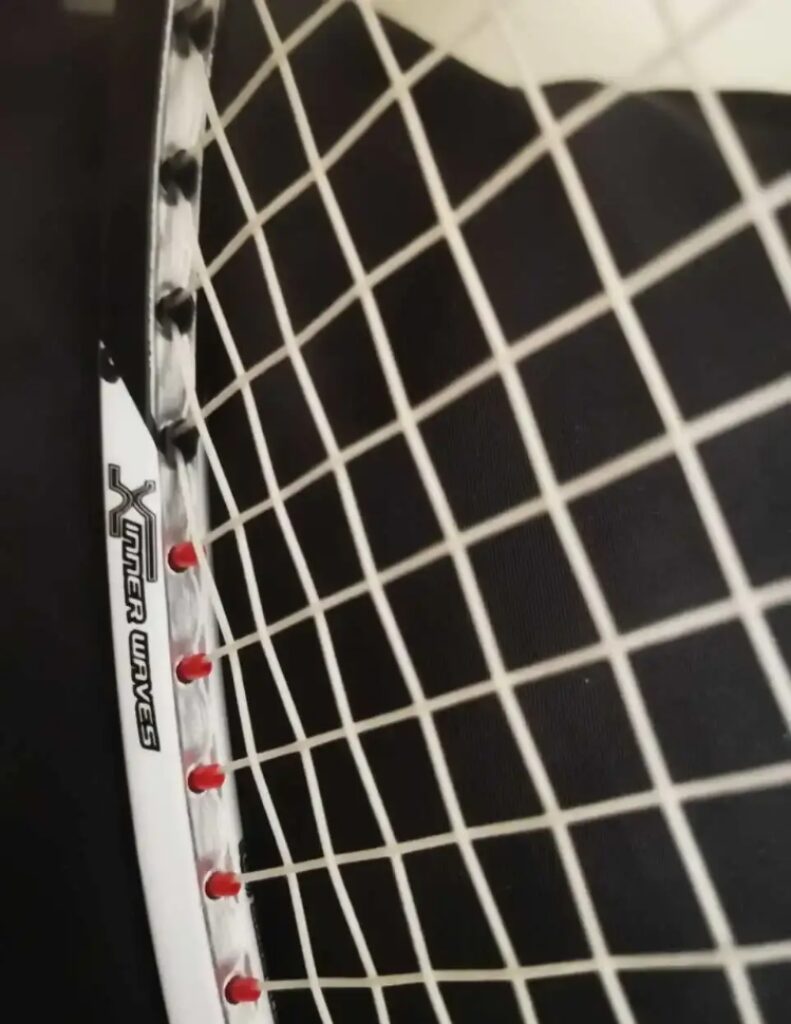
The backcourt smashes, however, aren’t as impressive. The racket feels rather soft, and with the right movements, you can execute a smash without much effort, but the shuttle speed and power are mediocre, and there’s a noticeable loss of energy transfer. With a balanced racket, the lack of head weight means that the power transfer relies more on the shaft’s elasticity, and this entry-level shaft still has room for improvement in that regard. This explains why sometimes, with head-heavy entry-level rackets like the small hammer, the elasticity feels better, and the smashes pack more punch.
While the barrier to effective smashes is low and the downward shots feel smooth, the shuttle quality leaves much to be desired. However, this isn’t typically a key selling point for entry-level rackets, and similarly, increasing the string tension on the HX20H won’t make a big difference.
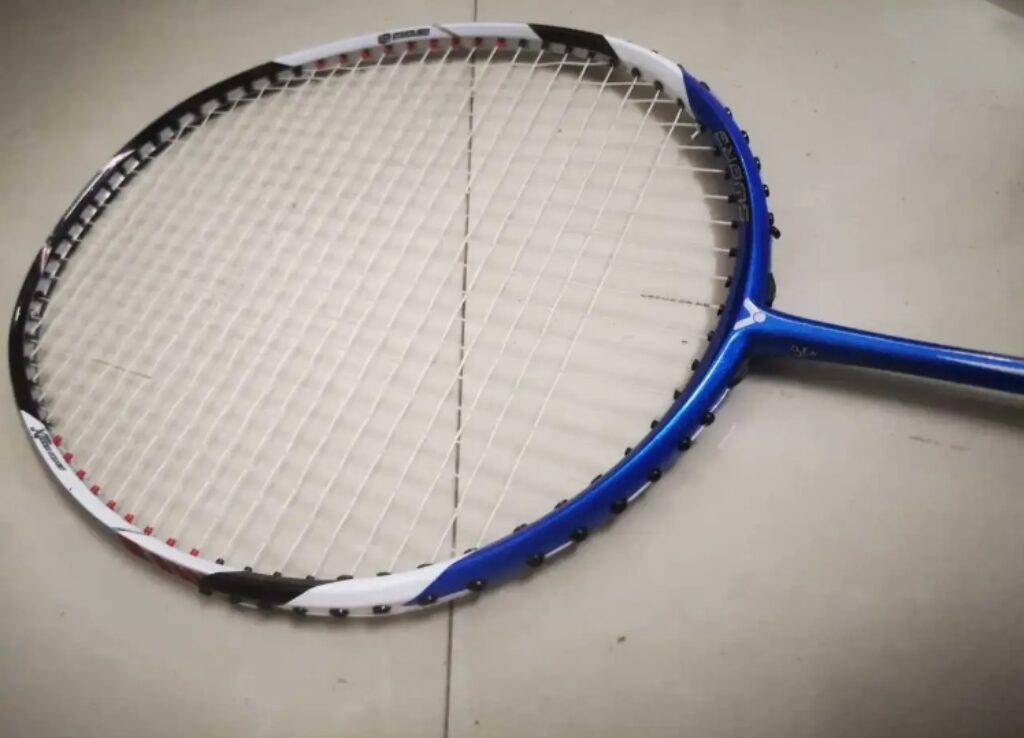
This classic frame shape still provides a stable feel that’s easy to adapt to. For net play, the shuttle-holding sensation gives decent confidence, although this feel is what the Nano 7 was often criticized for as “mushy.” It’s also quite handy for defense against smashes.
All in all, it’s another well-behaved, easy-to-use entry-level racket. To be honest, it plays like a younger, more tension-resistant version of the Nano 7. Compared to the HX7SP, its price-performance ratio is indeed pretty good and worth recommending.
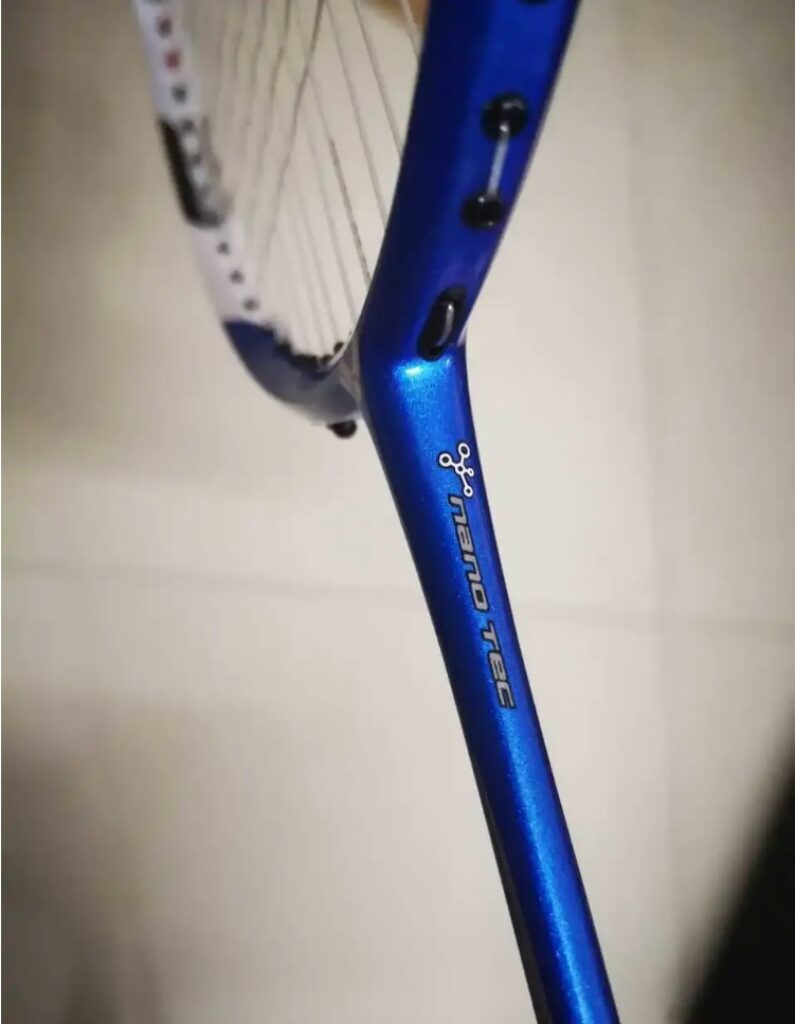

Leave a Reply